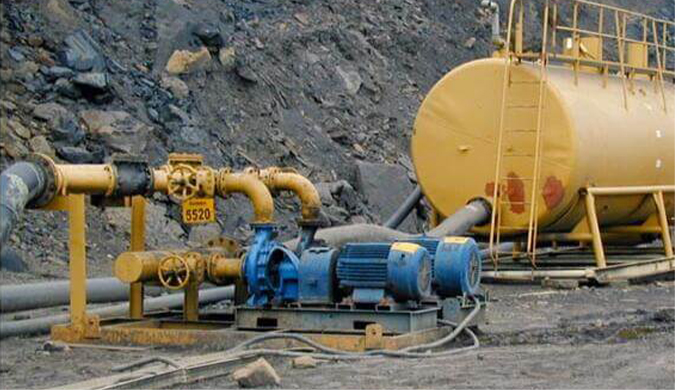Slovak
- Afrikaans
- Albanian
- Amharic
- Arabic
- Armenian
- Azerbaijani
- Basque
- Belarusian
- Bengali
- Bosnian
- Bulgarian
- Catalan
- Cebuano
- Corsican
- Croatian
- Czech
- Danish
- Dutch
- English
- Esperanto
- Estonian
- Finnish
- French
- Frisian
- Galician
- Georgian
- German
- Greek
- Gujarati
- Haitian Creole
- hausa
- hawaiian
- Hebrew
- Hindi
- Miao
- Hungarian
- Icelandic
- igbo
- Indonesian
- irish
- Italian
- Japanese
- Javanese
- Kannada
- kazakh
- Khmer
- Rwandese
- Korean
- Kurdish
- Kyrgyz
- Lao
- Latin
- Latvian
- Lithuanian
- Luxembourgish
- Macedonian
- Malgashi
- Malay
- Malayalam
- Maltese
- Maori
- Marathi
- Mongolian
- Myanmar
- Nepali
- Norwegian
- Norwegian
- Occitan
- Pashto
- Persian
- Polish
- Portuguese
- Punjabi
- Romanian
- Russian
- Samoan
- Scottish Gaelic
- Serbian
- Sesotho
- Shona
- Sindhi
- Sinhala
- Slovak
- Slovenian
- Somali
- Spanish
- Sundanese
- Swahili
- Swedish
- Tagalog
- Tajik
- Tamil
- Tatar
- Telugu
- Thai
- Turkish
- Turkmen
- Ukrainian
- Urdu
- Uighur
- Uzbek
- Vietnamese
- Welsh
- Bantu
- Yiddish
- Yoruba
- Zulu
Telephone: +86 13120555503
Email: frank@cypump.com
okt . 18, 2024 06:10 Back to list
Different Varieties of Slurry Pumps and Their Applications in Various Industries
Types of Slurry Pumps An Overview
Slurry pumps are essential machines designed to transport abrasive and viscous fluids, commonly referred to as slurries. These slurries are often composed of a mixture of solids and liquids, such as sand, mud, and other mineral ores. Due to the challenging nature of the materials they handle, slurry pumps need to be robust and efficient. Here, we will explore the various types of slurry pumps available, their construction, and their applications.
1. Centrifugal Slurry Pumps
Centrifugal slurry pumps are among the most common types used in various industries. They function by converting rotational energy from a motor to kinetic energy in the slurry, which is then propelled through the pump. These pumps are typically constructed with a volute casing that creates a high-velocity flow of slurry. Centrifugal slurry pumps are ideal for transporting large volumes of slurry over moderate distances. They can handle varying concentrations of solids, making them versatile for mining, chemical processing, and wastewater treatment.
2. Positive Displacement Slurry Pumps
Unlike centrifugal pumps, positive displacement slurry pumps move fluid by trapping a fixed amount of slurry and forcing it through the outlet. This mechanism allows them to handle highly viscous materials and slurries with a large solid content effectively. There are two main types of positive displacement pumps gear pumps and diaphragm pumps. Gear pumps are suitable for low-viscosity slurries, while diaphragm pumps excel in handling thick, abrasive slurries. These pumps are commonly used in industries such as oil and gas, food processing, and pharmaceuticals.
3. Submersible Slurry Pumps
types of slurry pumps

Submersible slurry pumps are designed to operate submerged in the slurry itself. They include a sealed motor that allows them to be placed directly into the liquid to be pumped, making them ideal for managing sludge in dredging, mining, and construction applications. Submersible slurry pumps are particularly advantageous in areas where the elevation difference between the pump and discharge point is significant. Their design aids in reducing the chances of cavitation, ensuring efficient operation even in challenging conditions.
4. Vertically Oriented Slurry Pumps
Vertically oriented or vertical column pumps are specifically designed for applications requiring the lift of slurry from deep pits or tanks. These pumps often feature a long shaft that extends downward, with the pump impeller located at the bottom. This design allows them to handle slurries at various depths with significant solid concentrations. They are commonly used in the mining industry, particularly for transporting ore slurries or other materials from deep underground operations.
5. Wear-Resistant Slurry Pumps
Considering the abrasive nature of slurries, wear resistance is a critical factor in the design of slurry pumps. Many manufacturers offer specialized wear-resistant slurry pumps constructed from materials such as high-chrome alloys, polyurethane, or rubber linings. These materials enhance the pump's longevity and efficiency, reducing maintenance costs and downtime. Choosing the right wear-resistant pump is essential for operations dealing with highly abrasive slurries, as it can significantly impact the overall performance.
Conclusion
The selection of the right type of slurry pump is crucial for effective and efficient slurry transportation in various industrial applications. Understanding the characteristics and advantages of each type helps businesses ensure that they choose a pump that meets their specific needs. Whether utilizing centrifugal, positive displacement, submersible, vertically oriented, or wear-resistant slurry pumps, proper knowledge will facilitate improved system performance and longevity, ultimately leading to cost savings and enhanced operational efficiency.
-
High Efficiency Horizontal Split Case Pump for Industrial Use
NewsJul.25,2025
-
Flue Gas Desulfurization Pump for Efficient Chemical Processing
NewsJul.24,2025
-
High-Efficiency Axial Flow Pump for Water Transfer & Irrigation
NewsJul.23,2025
-
High-Efficiency Horizontal Split Case Pump for Industrial Use
NewsJul.22,2025
-
Reliable Septic Tank Pumps | Durable & Clog-Resistant
NewsJul.22,2025
-
Here is the optimized TDK set for "axial flow pump": ``` Axial Flow Pump: High-Efficiency & Reliable Water Transfer Solutions
NewsJul.21,2025










